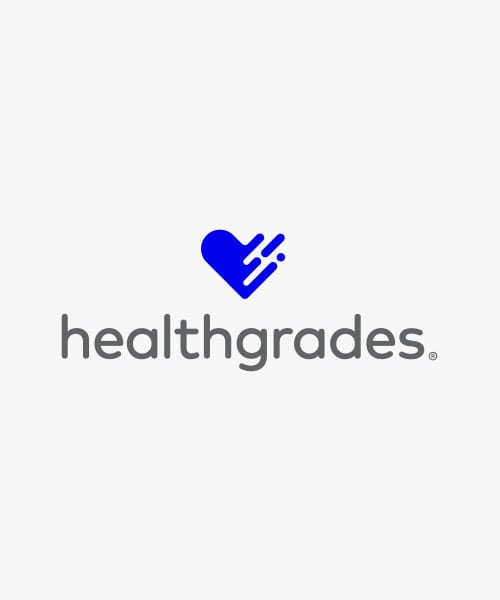In conjunction with its 2019 Women’s Care Specialty Excellence Awards release, Healthgrades explored current trends and developed a data-driven, comprehensive white paper to share our findings. Our research includes data from the women who come to our site and represent nearly 70% of the monthly traffic on Healthgrades.com, and also includes what they search for when seeking OB-GYN services. This research confirmed that today, women are the most influential patients that healthcare providers can target. Yet, this powerful consumer represents multiple missed opportunities for hospitals and healthcare practices because their service models often miss key elements that women now demand. “Women are Driving Healthcare: How Recent Trends are Changing Healthcare Delivery for Women” will show you how to maximize the opportunities that these changes present. Here is some of what you’ll learn from our white paper:
Women represent the largest US healthcare market
Women represent 51% of the total U.S. population and over 50% of the population of most U.S. States, but they make 78% of the healthcare decisions for their household, represent 60% of inpatient healthcare visits and encounters, and see a physician 33% more than men. Yet, most healthcare practices still don’t reflect these realities. To capture market share among this key consumer base, it’s important for healthcare providers and practices that serve women to know what women want for themselves and their families.
Women-focused practices are the most sustainable
Women need gynecological services earlier in their lives and obstetrics care as they move through their expanding childcare years. Our data show that women who choose gynecologists likely will remain with them for obstetric care. Similarly, older women are becoming first-time mothers or having additional children and advanced maternal age comes with more complexity. As they reach mid-life and, beyond, women still require GYN and several other services as aging brings more health challenges. Many of these women are private paying clients who can afford—and demand—a wider variety of services that offer holistic and customized care within single practices or hospitals. In our white paper, we discuss how women’s shifting imperatives create a favorable service line development environment for hospitals and their physicians. You’ll learn how hospitals and health systems can benefit from restructuring into cross-disciplinary, patient care-centered practices that meet a woman’s healthcare needs throughout her life.
Women require hospitals to market to them uniquely
Women are better educated and more affluent than ever before and at almost every age, they’re increasingly digitally savvy. As they’re juggling educational pursuits and careers, then children and families, they put a premium on their time and attention. Capturing a share of the women’s healthcare audience to expand market share requires hospitals and health systems to be strategic in communications marketing activities. However, this isn’t a matter of “pinkwashing” the hospital or practices to make the environments aesthetically pleasing to women. It requires fundamental changes in how women are communicated with and targeted and on which channels. It necessitates evaluating how women’s health care services must be structured and constantly reevaluated to meet changing demands.
Our white paper shares information about how to leverage tools and technology for creating content and patient care experiences that women healthcare consumers are seeking. This is imperative to effectively attract new women patients and keep current ones. If hospitals and health systems are able to inspire loyalty amongst women, they set themselves up for success and stand to have new generations of women and their families utilizing their care services.
To learn more, read our white paper, Women Are Driving Healthcare: How Recent Trends are Changing Healthcare Delivery for Women.




